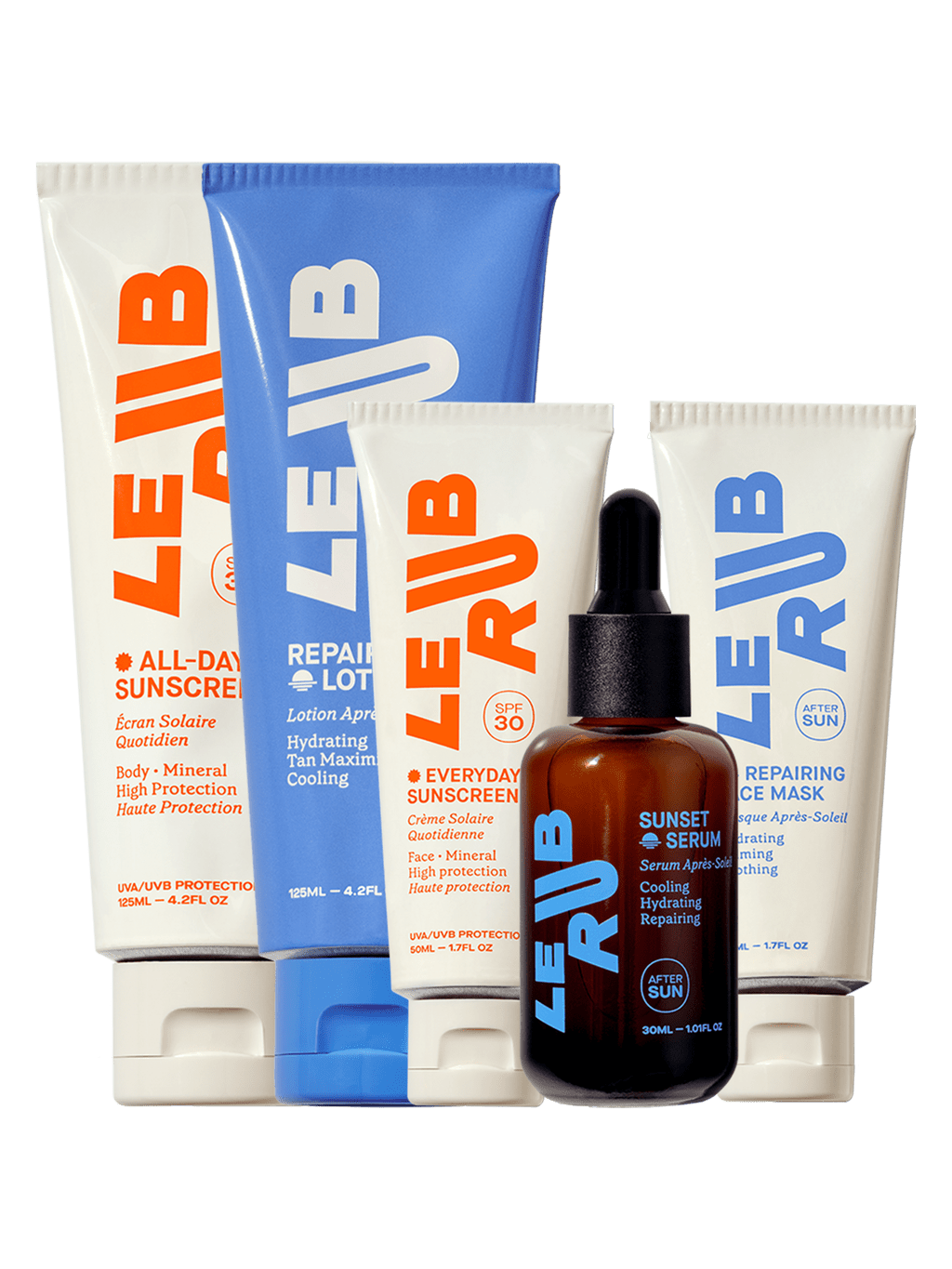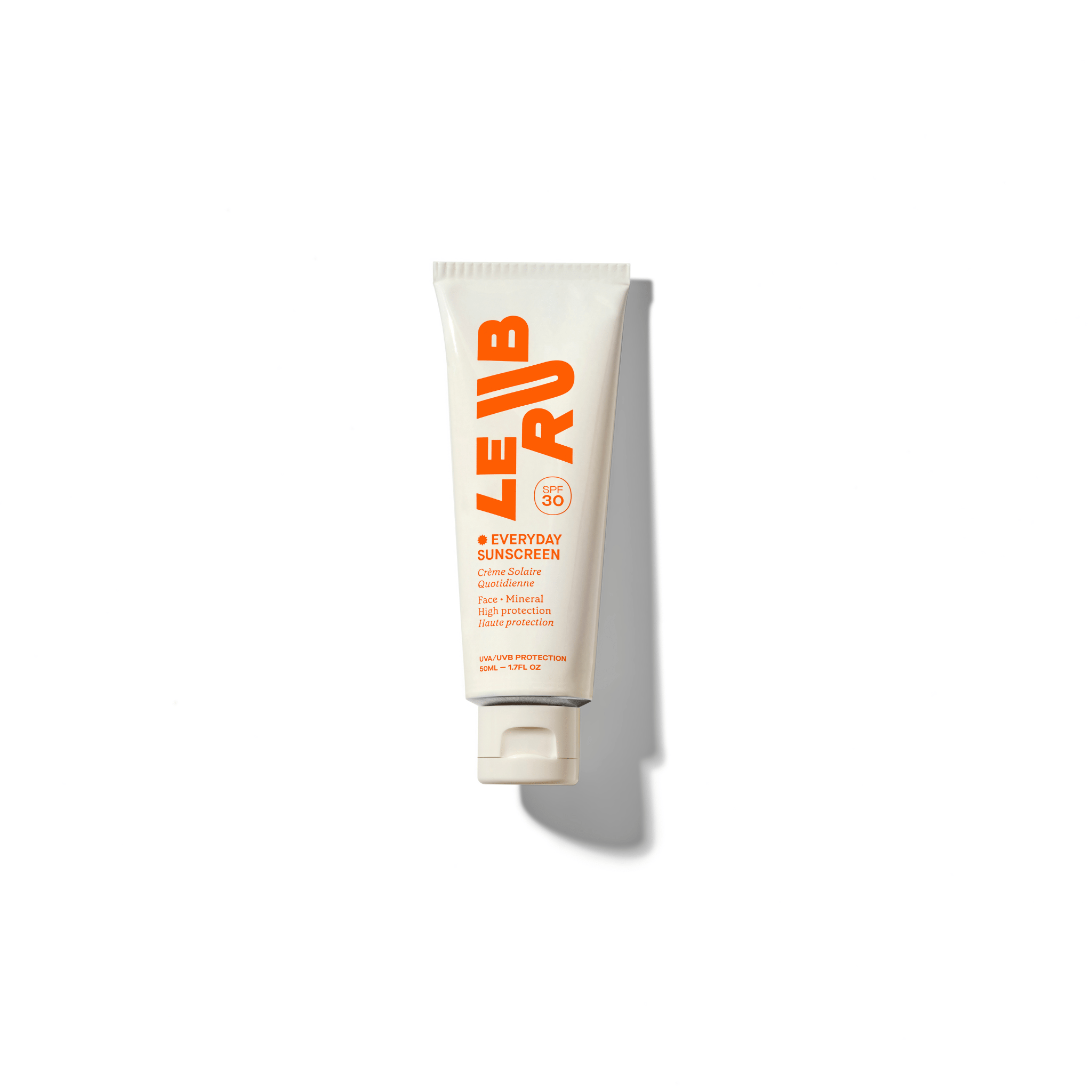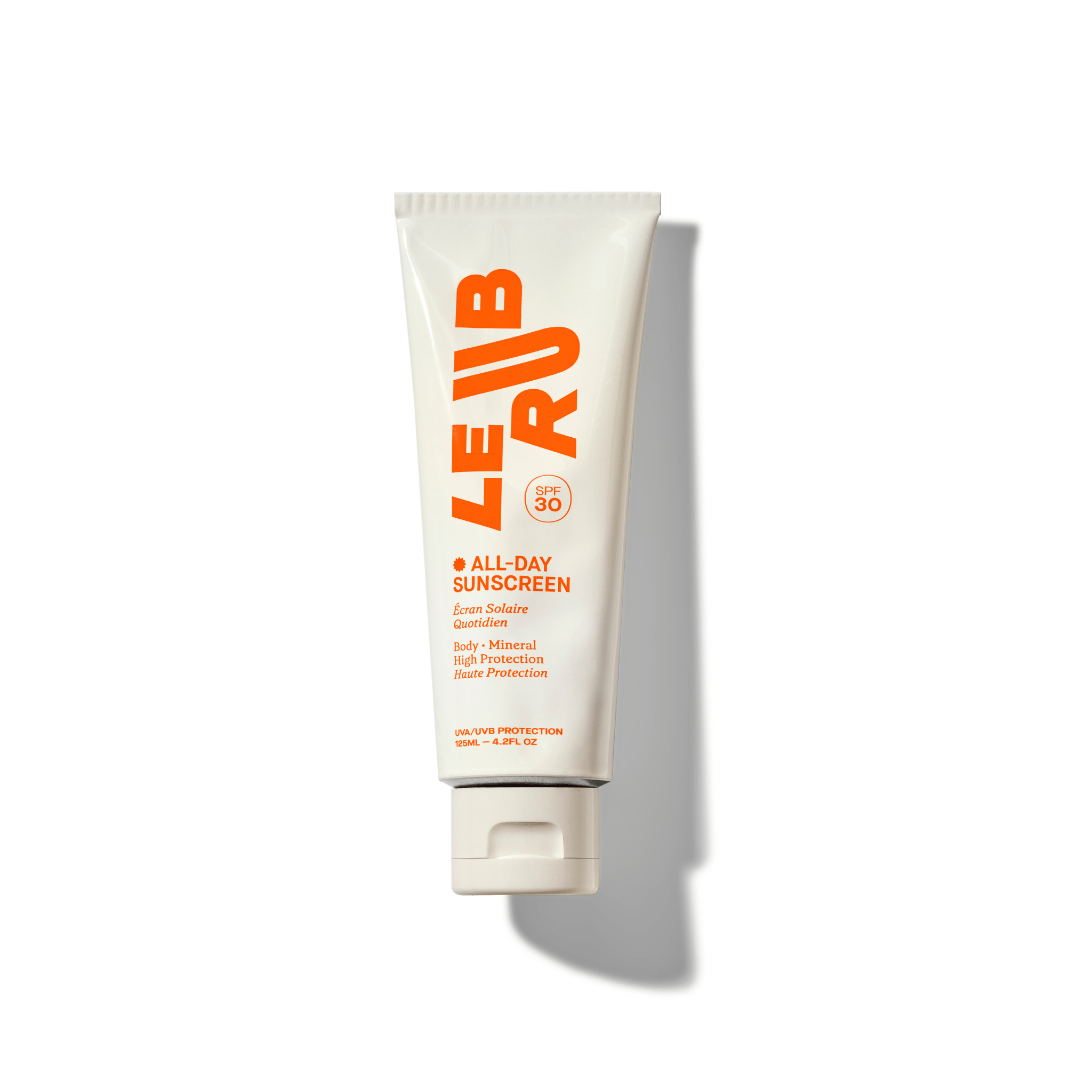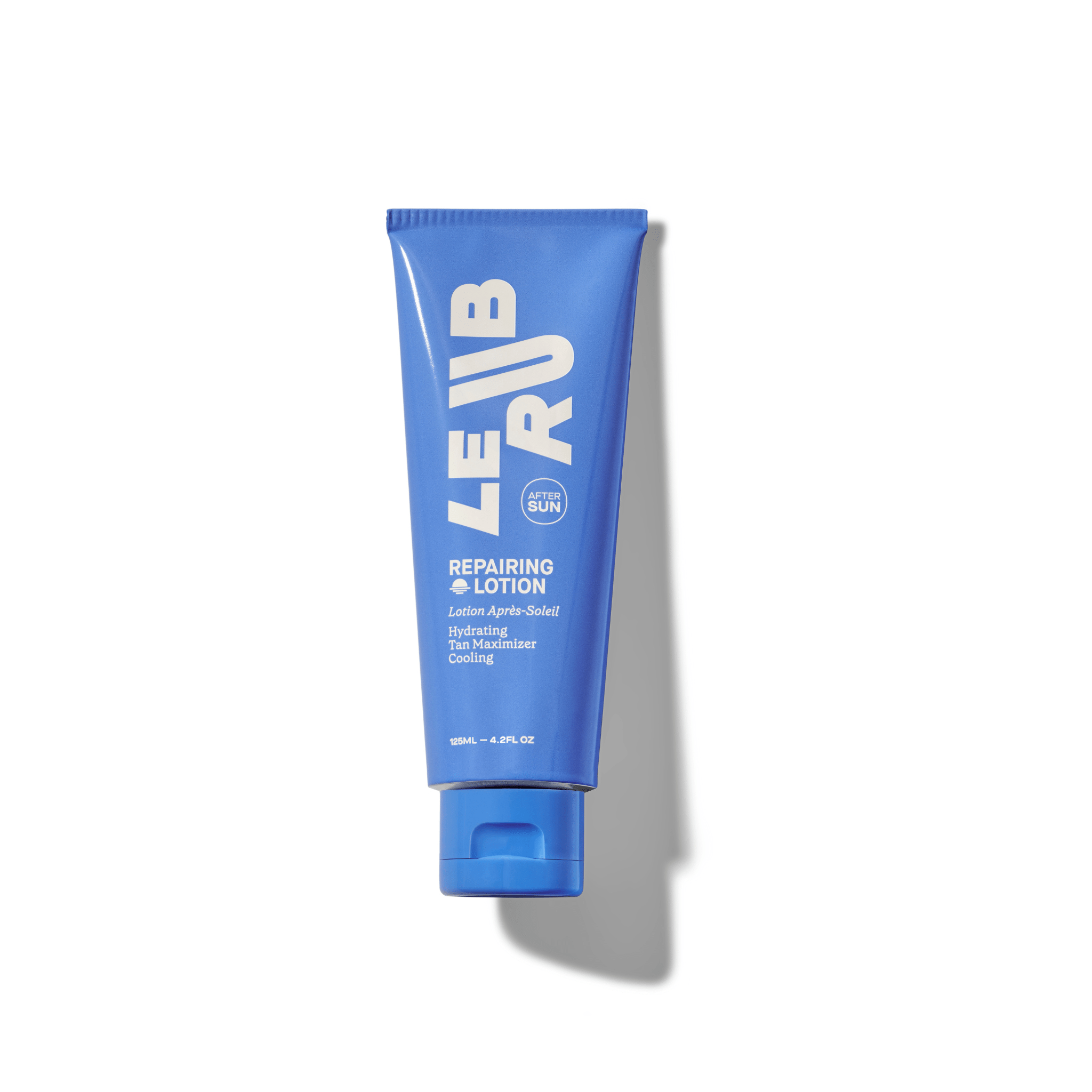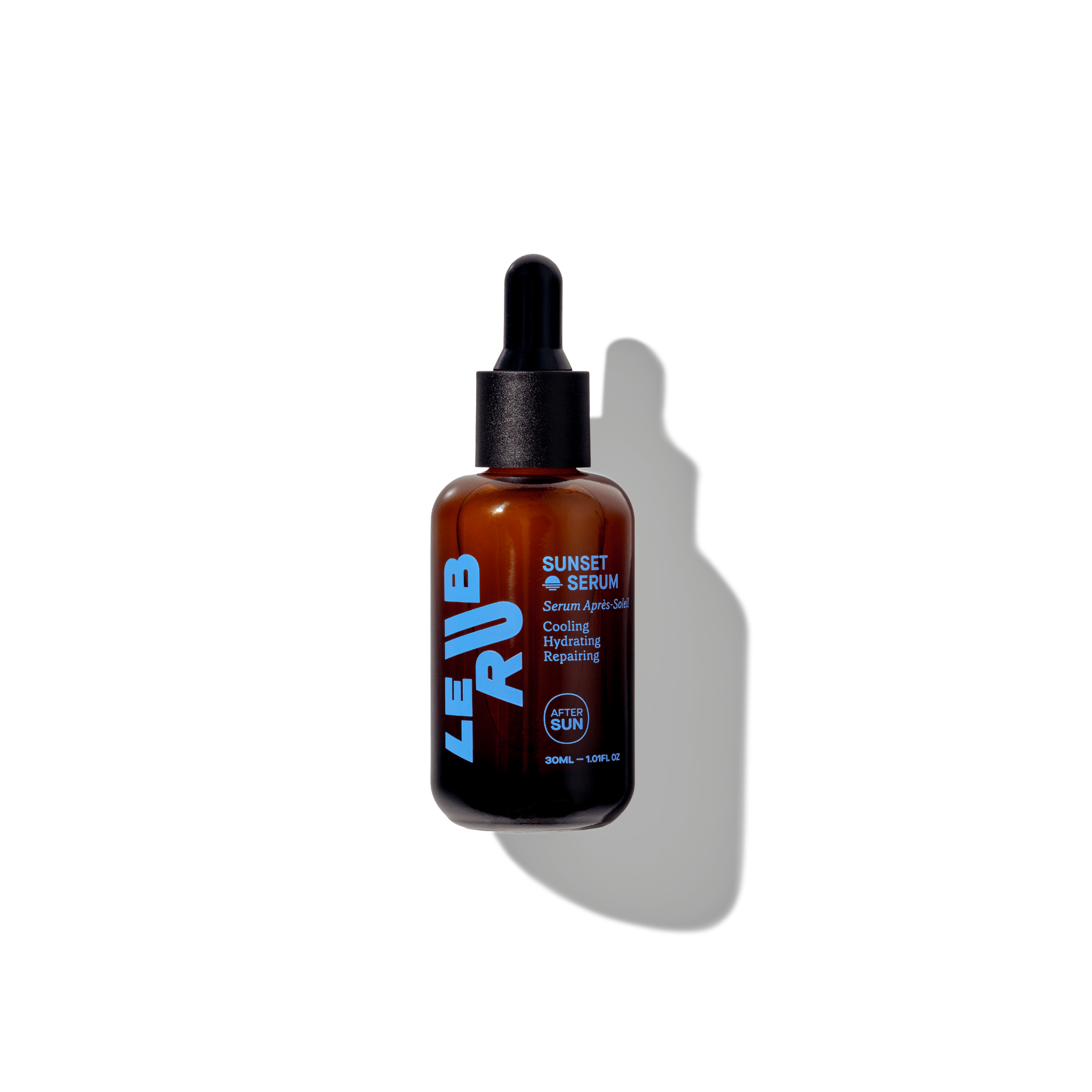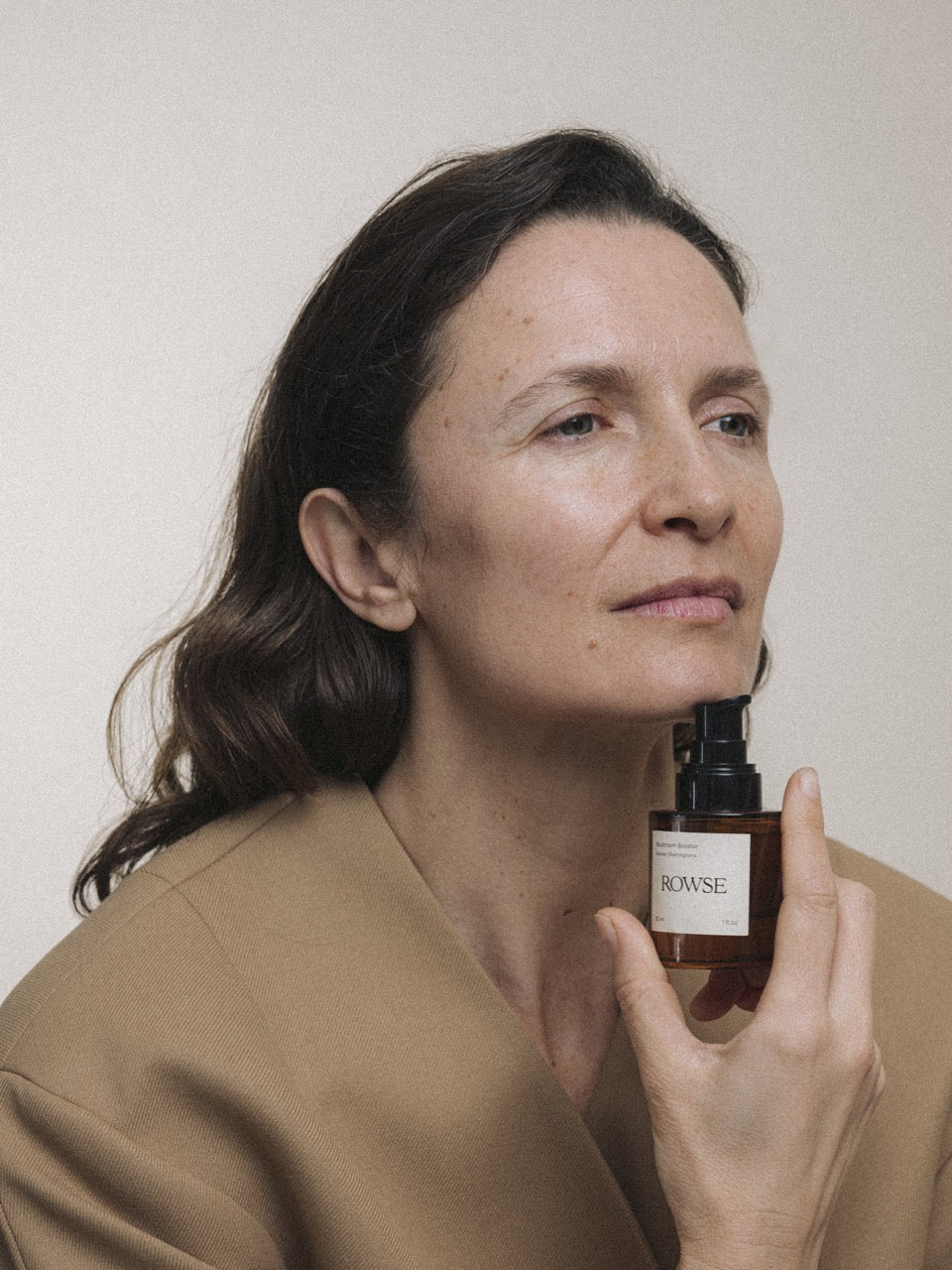Are You Actually Protecting Your Skin — or Just Coating It in Chemicals?

As summer kicks in and sunscreen flies off the supermarket shelves, most people assume they’re doing the right thing for themselves and their children. After all, SPF equals protection, right? Not always.
What many families don’t realise is that most commercial sunscreens — especially those marketed as “family size” or “kid-safe” — are filled with chemical filters that may do more harm than good. These ingredients aren’t just sitting on your skin.
They’re being absorbed, entering your bloodstream, and potentially affecting everything from your hormones to your nervous system.
At TYPEYOURSKIN we believe in radical transparency. We're here to show you what’s really inside those glossy supermarket bottles and why you should think twice before spraying or slathering your body — or your child’s — with just any SPF.
What’s Really Inside Your Mainstream Sunscreen?
Mainstream sunscreens use chemical UV filters because they’re cheap, invisible, and water-resistant. But many of these ingredients are systemically absorbed, even after one use — and in some cases, accumulate inside the body.
Let’s break down the most common culprits and what clinical research has revealed about each one:
1. Octocrylene
Often used to stabilize avobenzone and extend SPF shelf life, octocrylene is found in most chemical sunscreens. But stability comes at a cost.
The Problem:
- A study published in Chemical Research in Toxicology (2021) found that octocrylene can degrade into benzophenone, a suspected carcinogen linked to liver and kidney damage.
- Octocrylene also generates free radicals when exposed to UV light, which can damage cells and accelerate aging.
- It accumulates in aquatic environments and is considered toxic to marine life.
Bottom line: This chemical doesn’t just protect your skin — it penetrates it, and sticks around in both your body and the planet.
2. Ecamsule (Mexoryl SX)
Ecamsule is praised for its UVA stability and is primarily used in European and some U.S. sunscreens under L'Oréal patents.
The Problem:
- Though considered less irritating than other filters, ecamsule can still cause allergic reactions, skin sensitization, and redness in some users.
- Limited data exists on long-term absorption and bioaccumulation, especially in children or pregnant women.
- Regulatory authorities still require ongoing safety data due to insufficient long-term toxicity studies.
Bottom line: Even “new generation” filters like ecamsule may have unknown long-term effects — and sensitive skin types should take caution.
3. Oxybenzone
The poster child for chemical sunscreen controversy. Oxybenzone is a known endocrine disruptor, and it's been under FDA scrutiny for years.
The Problem:
- Absorbed through the skin, it has been found in urine, blood, amniotic fluid, and breast milk.
- A study in JAMA (2019) showed oxybenzone levels 438 times higher than the FDA’s safe threshold — after just a single application.
- Linked to hormonal changes, early puberty, low birth weight, and even potential developmental toxicity.
- Banned in Hawaii and other coastal regions due to its deadly impact on coral reefs and marine ecosystems.
Bottom line: This isn’t just bad for your skin. It’s a threat to your hormones, fertility, and the planet.
4. Avobenzone
Often marketed as “broad spectrum,” avobenzone is one of the few filters that block UVA rays effectively — but it doesn’t come without risks.
The Problem:
- When exposed to sunlight and chlorinated water, avobenzone breaks down into toxic byproducts linked to damage in the liver, kidneys, and nervous system.
- It is a known skin irritant, and can cause allergic reactions or photoallergic contact dermatitis.
- Studies confirm that avobenzone is absorbed into the bloodstream in significant amounts — sometimes within hours of application.
Bottom line: On the beach or in the pool, avobenzone might be doing more harm than good.
What Happens When These Are Combined?
The problem isn’t just one ingredient — it’s what happens when they’re blended together, then absorbed by the skin in heat and sunlight, day after day.
According to a 2020 FDA clinical trial, all four of these filters were detected in the bloodstream after a single use, with levels exceeding safety limits. The effects are cumulative, especially in children whose skin is more permeable and whose detox systems aren’t fully developed.
And let’s not forget the environmental cost. These same filters wash off in oceans, lakes, and rivers, disrupting ecosystems, bleaching coral, and harming aquatic life.
What You Should Be Using Instead
At TYPEYOURSKIN we never sell chemical SPF — because we don’t believe in compromise when it comes to your health.
Mineral (Physical) Sunscreens
Look for formulas made with:
- Zinc Oxide
- Titanium Dioxide (non-nano)
These ingredients sit on top of the skin and reflect UV rays instead of absorbing them. They are non-toxic, reef-safe, and safe for babies, children, pregnant women, and sensitive skin. We carry only certified cruelty-free, vegan, reef-safe mineral SPF — handpicked for their ingredient integrity, high performance, and skin compatibility.
Final Thought: You Deserve Protection — Without Risk
Choosing sunscreen shouldn’t feel like a chemical gamble. While supermarket brands may seem convenient or affordable, the hidden cost could be your long-term health — and that of your children.
We’re not here to scare you. We’re here to empower you. Because sun protection should be safe, effective, and transparent.
Le Rub — Clean Sun Care, Elevated for Every Day

Le Rub is a luxury mineral sun-care brand built on a simple but powerful ethos: protect your skin—and the planet—in style. Rooted in Mediterranean heritage and formulated in Italy, the brand is focused on non-nano zinc oxide as its sole UV filter—a choice backed by safety, environmental integrity, and efficacy.
Why their formulations stand out:
- 100% Broad‑spectrum mineral protection: Non‑nano zinc oxide deflects UVA and UVB instantly—no wait time, no chemical absorption.
- Skin-loving actives: Their formulas include glycerin, hyaluronic acid, plant oils (grape, sunflower, almond), grape ferment extract, and Mediterranean botanicals like chamomile, calendula, carrot juice—that hydrate, soothe, strengthen skin, and help maintain vitamin D receptors.
- All‑year skincare ritual: Formulated for daily wear (SPF 30 & 50), every season. Lightweight, non‑greasy, non‑comedogenic, with a natural scent that doesn’t irritate sensitive skin.
Brand values and eco credentials:
- Reef-safe, chemical-filter-free: No oxybenzone, octinoxate, or avobenzone—safe for marine life and human health.
- Planet-first packaging: Aluminum tubes from 95% post-consumer recycled material, FSC paper boxes, designed to reduce CO₂ by up to 70%.
- Ethical and transparent: Certified vegan, cruelty-free, no harmful preservatives, responsibly sourced Mediterranean ingredients, and dermatologist-tested formulas safe for children aged 2+.
Brand mission & identity:
- Born from frustration with conventional sunscreens, founders Kim and Raf Maes—rooted in authentic summer memories—designed a brand that blends luxury, honesty, and intention.
- Mediterranean spirit in every detail—from ingredient sourcing to visual design—reflects “The Good Life” manifesto: sustainable, joyful, sun-smart.
- A visual and emotional story: Curated photography and branding by the founders themselves reinforces the brand’s personal, mindful ethos.
Bottom line: Le Rub delivers a clean, effective, and refined daily sun-care experience that stands in stark contrast to chemical-laden alternatives. With full mineral protection, botanically enriched formulas, eco-conscious packaging, and transparent brand values, Le Rub aligns perfectly with conscientious families seeking real sun safety—all year round, no compromises.

